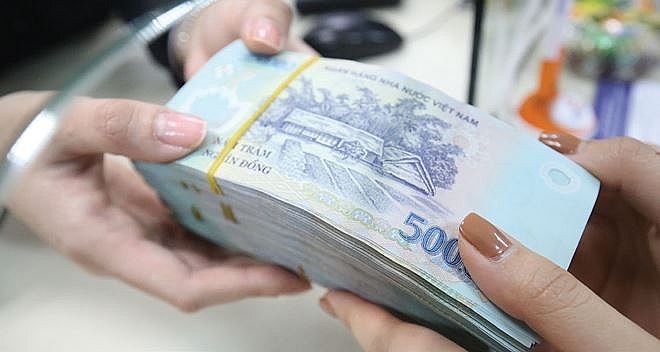The Ministry of Finance wants to increase Value Added Tax (VAT) from 10% to 12% because VAT is lower than other countries and public debt is high.
In the direction of amending tax laws, the Ministry of Finance said that, by consulting international experiences, in the context of high public debt in countries including developed countries, countries tend to state budget revenue in the direction of increasing revenue from indirect taxes, specifically to increase revenue to compensate for the decrease in income due to income tax reduction (Corporate and personal income), countries turn to to increase consumption tax (Value Added and Special Consumption).

Image for illustration purposes only (Internet source)
According to the Ministry of Finance, the number of countries applying VAT/goods and services tax is increasing, from about 140 countries in 2004 to 160 countries in 2014, 166 countries in 2016.
Along with the increase in the number of countries using VAT to regulate consumption as well as increase budget revenue, the trend of increasing VAT rates is common.
From 2009 to 2016, all countries increased their common tax rates. Specifically, the average tax rate in EU countries in 2000 was 19%, in 2014 the average tax rate was approximately 21.5%. OECD countries also tend to increase their VAT rates from an average of 18% in 2000 to around 19% in 2014 and over 19% in 2016.
Asian countries also tend to restructure state budget revenue in the direction of increasing the proportion of consumption tax in total budget revenue from increasing VAT rates, such as the Philippines, India, and Japan.
According to the World Bank, through tax rates statistics of 112 countries, there are 88 countries with tax rates from 12% to 25% (of which 56 countries have tax rates from 17% to 25%), the remaining 24 countries have tax rates from 17% to 25%. variable by more than 10%. Surrounding countries such as Laos, Indonesia, Cambodia also have a common tax rate of 10%; China has a common tax rate of 17% and a preferential rate of 13%. The Philippines has a tax rate of 15%.
According to the Tax Reform Strategy for the period 2011-2020, VAT is “Amendted and supplemented in the direction of reducing the number of groups of goods and services that are not subject to value-added tax; reduce the group of goods and services subject to the tax rate of 5%; supplementing regulations to determine the correct collection mechanism for a number of new goods and services arising under the development of the market economy; study until 2020 to apply basically one tax rate (excluding the 0% tax rate applied to exported goods and services);”
Therefore, in line with international VAT reform practices and trends, the Ministry of Finance proposes to raise the tax rate of 10% under one of two options.
Option 1: Increase from 10% to 12% from January 1, 2019.
Option 2: Increase according to the roadmap to 12% from January 1, 2019 and 14% from January 1, 2021.
The Ministry of Finance proposes to consider option 1, which increases VAT from 10% to 12%. Implementation period from January 1, 2019.
It is expected that more than half a million businesses and most people will be affected by this increase in VAT.
According to the latest published figures, Vietnam’s public debt is currently at nearly 2.6 million billion VND.
For support and advice on accounting, tax, business issues, social insurance declarations, etc., in the best way, please contact us with the following information:
DHP LAW SHOP
Location only: L4-09.OT06 Landmark 4 Building Vinhomes Central Park, 720A Dien Bien Phu, Ward 22, Binh Thanh District, Ho Chi Minh City









